The fundamental gameplay element of the Counter-Strike shooter is movement. Players must move to progress across the numerous maps and get where they're going. It's essential to remember that movement and weapon accuracy are closely linked. The faster you move, the more dispersed the bullet or pellet will be. Players may travel forward, backward, and sideways using movement buttons. Cybersport.io tells you about the errors beginners make when playing CS:GO.
The leading player's mistakes
First things first, stand while shooting. This mistake can be seen in many beginners. If your opponent knows how to control the scope even a little, you have a few seconds to kill the enemy or be killed. The next one, shooting not in strafe timing or strafes too long. Exit around the corner with Shift. Lack of lunges and knowledge of map geometry.
Strafes
It's time for the leading theory. Strafes are the primary basis for proper movement during shooting. With the four forward, backward, left, and proper movement keys, we can fully control the movement of our player model, but this must be used correctly. You have a large spread of shots when you are on the move. At the same time, to make it difficult to hit you, you must strafe. The shot must be taken at the moment when you stop.
You need to practice this, and you need to make this period as short as possible. When you release the A or D key while moving, your model will coast before stopping. From this, we can conclude that some countermeasures must be used. While you release the A key, you need to press the D key and release it momentarily, and vice versa. This way, you will stop the player model, and there will be no chaotic dispersion of bullets when firing.
Lunges
Lunges should always be there when you're opening from behind some texture, especially if there's a medium to long-distance behind it and you think there might be an opponent. There are three main lunges: lunge with a squat at the end, wide lunge, and short lunge. These attacks are needed for the enemy to see you most inconveniently for him. When you appear abruptly and at an unexpected distance - the enemy does not expect this, and you have a slight advantage in the form of 0.1 - 0.5 seconds of additional time for aiming.
Small peeks
That is your primary mode of transportation. That differs from a lunge by a minor movement amplitude and a high execution frequency. We can say that these are small attacks, and the purpose of their application is to obtain information about the location of the enemy safely. In this way, you should almost always move when you have the time and opportunity to do so. On the attack side, this will help you when playing near dangerous exits and corners. From a technical point of view, you only need to learn how to quickly and successfully stop during a lunge. That is not difficult to perform, and you can train it even in an empty lobby.
Run and Shift
These are the basics of moving around the map. If you understand that you need to get to another part of the map, you know that an opponent may be in your way. You will continue to run, but simultaneously, you must follow the sight along the textures to have time to hit the enemy. You should keep an eye on it because you can see a lot of beginners who are too lazy to control the scope. Get rid of the habit of first finding the enemy with your eyes and then aiming. It would help if you went with Shift in many situations, but in front of sharp corners, this should only be used in rare cases.
What are your main mistakes in CS:GO movement? Share your minds with Cyber-sport.io. Subscribe and follow the latest eSports news!
CS2 Gambling
CS2 Skin Trading
Rust Gambling
Promo Codes
Online Casinos
Crypto Casinos
CyberSport Feed




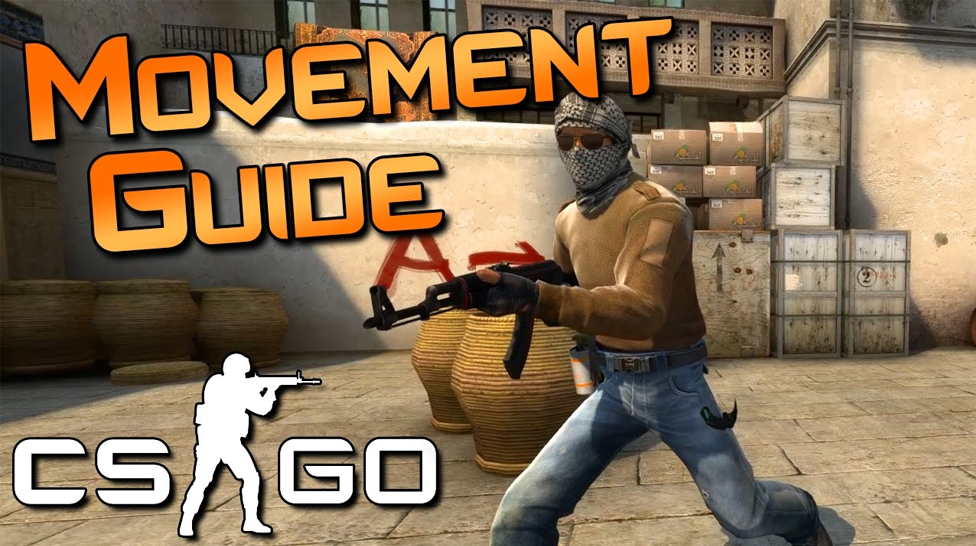

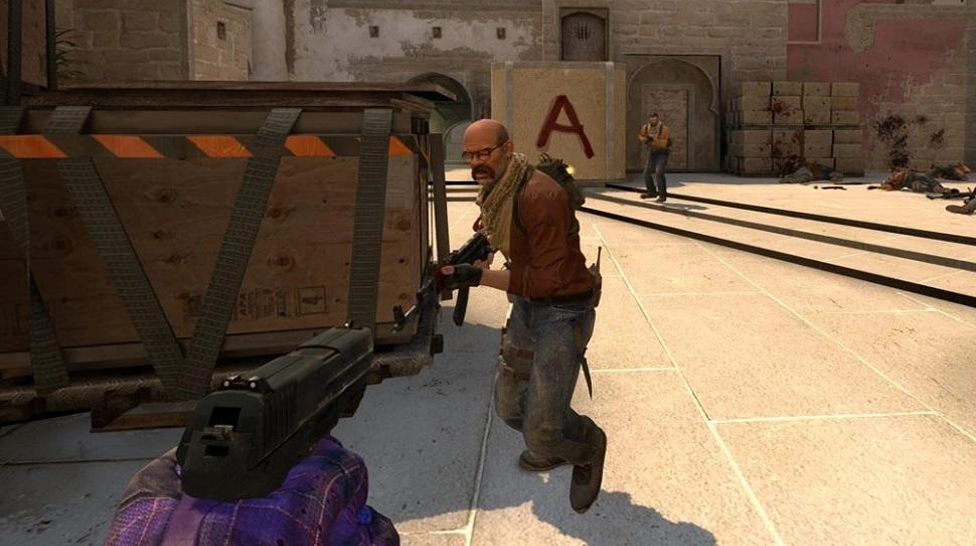
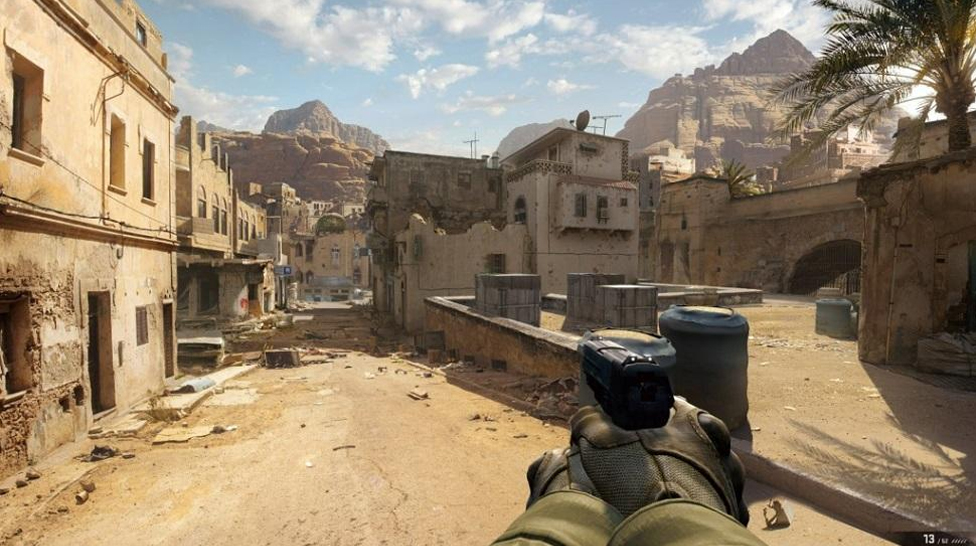
![Top 5 CS2 Cheats in [year] Top 5 CS2 Cheats in [year]](/imgs/news_8003/20241107/cache/1730975319_fad9f983f190c7d75fc0___308_174.jpg)
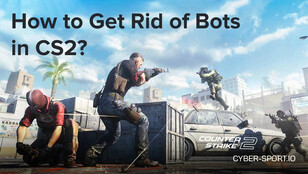
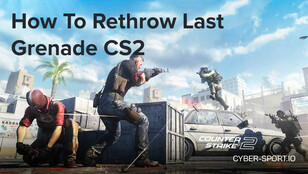
![Complete List of CS2 Viewmodel Commands – Optimize Your Setup in [year] Complete List of CS2 Viewmodel Commands – Optimize Your Setup in [year]](/imgs/news_8166/20250317/cache/1742228858_01423ecd06a0b619da09___308_174.jpg)